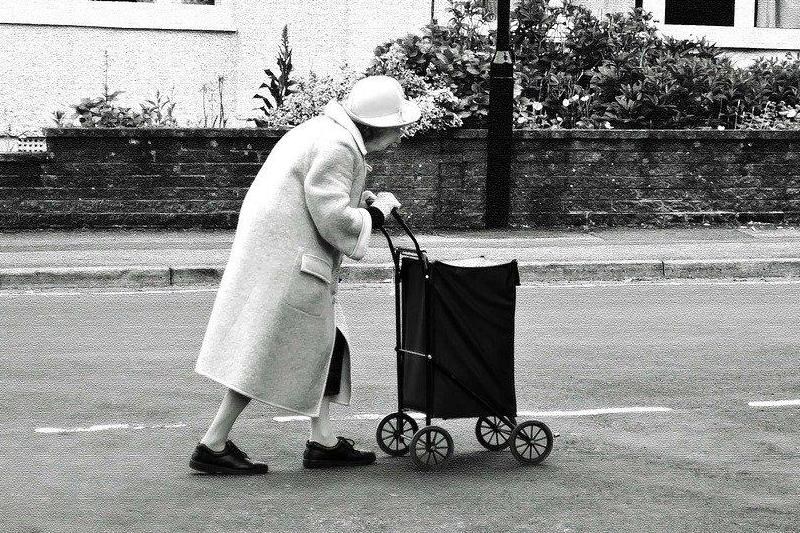Poorer oral health ‘disproportionately affects’ elderly and deprived
Published: 06/07/2020
Public Health England has published its National Dental Epidemiology Programme for England, the oral health survey of adults attending general dental practices in 2018.
The survey highlights that the effects of poorer oral health disproportionately affect some parts of this population – most notably, older people and those living in the more deprived areas of England.
Around two-thirds of participants aged 85-years and older did not have a functional dentition, and one in three participants living in the more deprived areas of England had untreated tooth decay compared to one in five in less deprived areas.
Reports of impacts from oral problems in the last year in participants living in more deprived areas were almost triple those of participants living in less deprived areas (28% versus 11%).
Other key findings were that more than a quarter of participants (27%) had tooth decay – having on average 2.1 decayed teeth – and more than half (53%) had gingival (gum) bleeding.
Additionally, 18% reported currently being in pain and the same number had experienced one or more impacts of poor oral health ‘fairly’ or ‘very often’ in the previous year.
The report is designed to provide data to inform joint strategic needs assessments and oral health needs assessments to plan and commission oral health improvement interventions and services for adults.
Adults attending general dental practices for any reason, aged 16 years and over, were recruited to take part in the survey.
The survey consisted of a questionnaire on the impact of oral problems on individuals, use of dental services and barriers to receipt of care and a brief clinical examination conducted by trained local epidemiology teams under standardised conditions.
Questionnaire and clinical examination data was collected from 16,572 (65% of those approached) and 14,270 (56%) participants respectively.
This involved 1,173 dental practices of which 25% were NHS practices, 10% were wholly private and 65% were mixed NHS and private practices. One hundred and seven of the 152 upper-tier and 212 of the 326 lower-tier local authorities across England took part in the survey.
Despite the survey being restricted to dental attendees, the demographics of participants were broadly similar to the general population of England although men and people aged under 45 years or over 84-years were under represented.
The survey also found that only 1% of adult dental attendees in England had none of their own teeth, 15% wore dentures and 10% had bridges or implants replacing missing teeth. Most participants (82%) had ‘functional dentitions’ (comprising 21 or more natural teeth), nearly all participants (90%) had at least one filling and around half (47%) had crowned teeth.
Most (71%) were assessed as having a current need for dental treatment.
While most participants surveyed (84%) reported that it had been 12 months or less since their last dental visit, it should be noted that participants with no natural teeth may be underrepresented in this survey due to less frequent visits to the dentist.
Overall, this survey of dental attendees in England paints a picture of a population where virtually all adults have at least some natural teeth but where impacts and signs of dental disease are prevalent.
What is not known from this survey is if this picture of complex oral health needs in adult dental attendees is markedly different from the general population.
The report summary notes: ‘Participants in this survey could have better oral health than the general public, as for the most part these were people reporting to be regular dental attendees with the benefit of professional support for maintaining their oral health.
‘On the other hand, these were people surveyed when attending a dental appointment where the prevalence of a dental problem could be higher as they were seeking professional care. Contemporary information about whether people go to the dentist for check-ups or only when there is a problem is lacking, but there were suggestions in the last decennial survey of adult oral health of an increasing pattern of seeking care only when there was a dental problem.
‘This survey may also underrepresent a proportion of the general public for whom attending the dentist is unaffordable. Data is needed on the wider population to see if the findings from this survey hold true across the whole adult population in England. Caution should therefore be taken when using the data to inform need for future dental services and workforce planning for the general population.’
A full tables of results are available at www.gov.uk/government/collections/oral-health
Author: Julie Bissett













